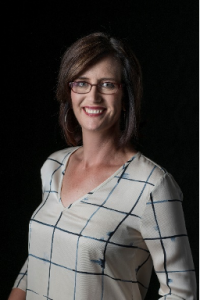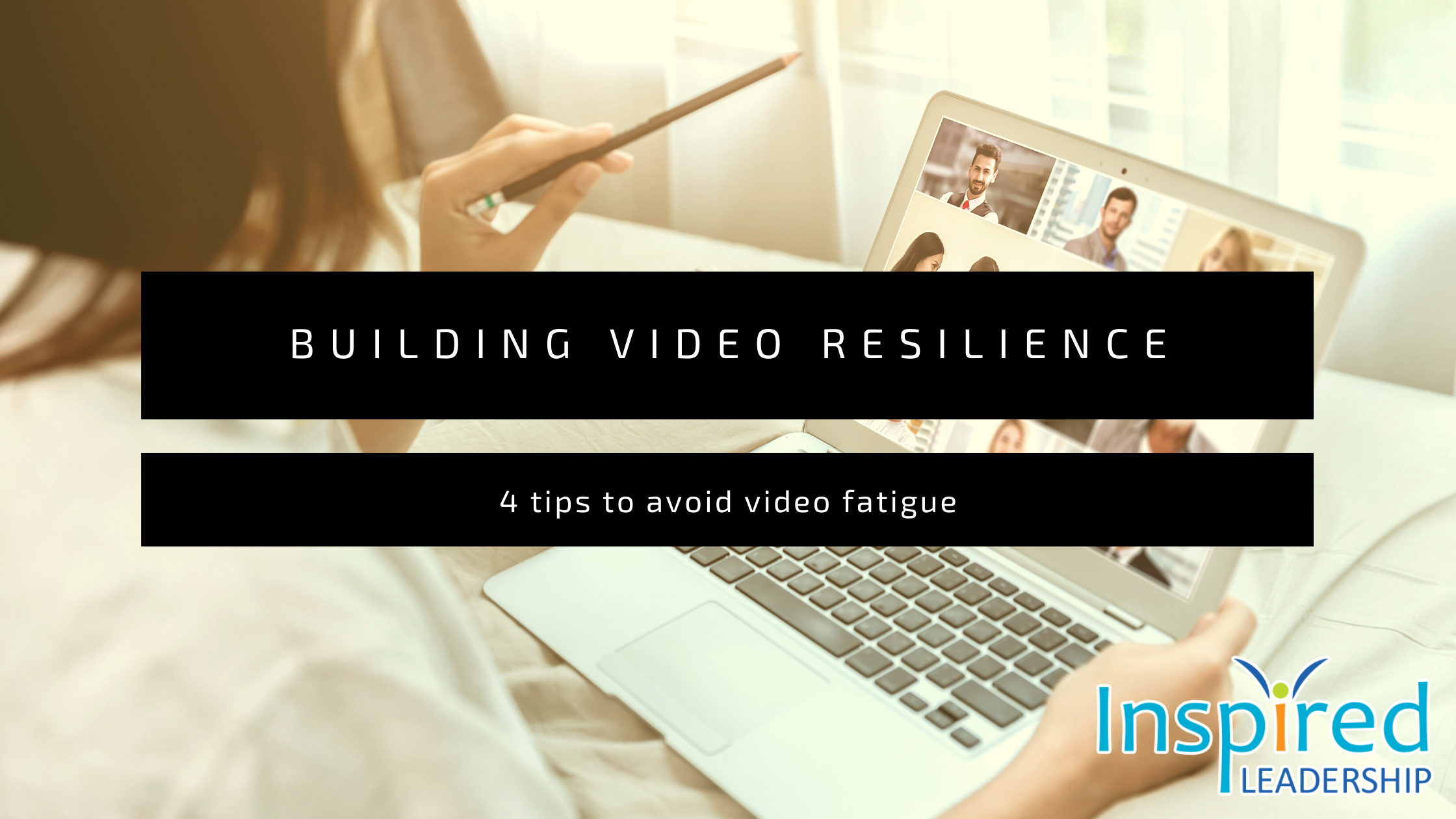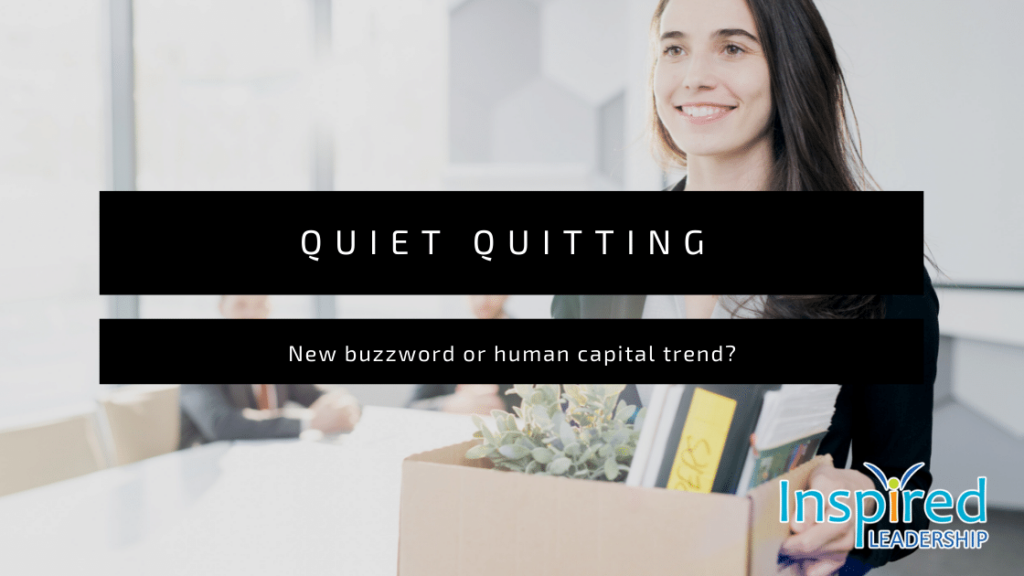2020 ended with a lot of deeply fatigued workers. Did 2021 change anything? Not specifically, but as we always do at the end of a year, we expect things to change with the hanging of a new calendar. So what are you doing to change things proactively?
I spend a lot of time in Zoom/ Teams/other virtual platforms, as I am sure you do. At the start of this constant remote working, I was very dedicated to using video so we could actually see each other. The absence of body language makes virtual communication very challenging, so where possible I made every effort to be on camera. But this meant 6+ hours on camera on some days. (My children tease me that I put make-up on to stay at home and don’t bother when I go out, as my face is masked anyway & the mask gets covered in make-up!)
Here are my 4 tried & tested ways to build video-fitness:
1. Hide your own video
It could just be me… but I think it isn’t… when I talk, I tend to talk to myself, like I am talking into the mirror. This is very distracting and also limits my connection with the people in the meeting.
I think it is very useful to get to know what you look like when you are listening to others and have self-coached and coached others about the impact of their resting or listening face. Sometimes that listening face is really quite off-putting! Being aware of what your face does when you listen is helpful. Warming it (gently smiling or purposely relaxing your face) helps to communicate openness and build trust. Some people would be wise to become aware of what their face communicates when they are emotionally charged. For many, their faces are communicating far more than their words and they would be wise to grow in self-awareness and deploy tactics to reduce the “volume” of their non-verbals. However, staring at yourself is exhausting, and being constantly critical of oneself drains energy.
What is my solution? Hide your own video image and make it possible to focus on other people for at least half the virtual meetings you are in.
2. Use two screens
The trap many people fall into when presenting (or facilitating), is making the slides the show. We beam up or share screens and the slides take over. When this happens in a virtual room, the videos of the people in the meeting are now really small, and quite likely you need to scroll to find everyone. (In TEAMS this is even more tricky as the video display only seems to allow for 6 video images at a time.)
I have been using 2 screens for a few years, and display the slides on one screen and keep the video’s on the other. This enables me to focus on the people, their faces, their expressions and gather non-verbal feedback whilst the slides are still being displayed. The other bonus about this approach is that you can still use the speaker notes, or the facilitator guide on the first screen as a reference and toggle between the notes and the video-view quite seamlessly.
Bonus TIP: I have also found that the annotations in full-screen-powerpoint mean you can draw on the slides, whilst they are in presentation mode and these annotations will stay there until you choose to save or not save the presentation at the end of your session. (Unlike ZOOM, where you need to clear the annotations before moving on, or Teams, where there are limited annotation options).
If you can, purchase a second screen to connect to your primary workstation and present from both. Your camera will be on the primary workstation, so that is where you need to look. Don’t focus all your attention on the slide, as your audience or participants will think you are not looking at them at all. And they will be right!
3. Roll on back
The intenseness of looking at people close-up all day is exhausting. So think about opportunities in your day when you can stay on camera but roll away from your screen. Give your meeting participants the benefit of seeing more of you :-). And give yourself an opportunity to either stand (I recommend raising your laptop to head-height to avoid looking like you have put on 20kgs as the camera stares at your growing belly first then takes in your double chin, before focusing on your tiny face in the distance!) OR simply roll further from the camera.
When we meet people normally, we take in their appearance from at least waist up (assuming there is a table between us). So de-intensify the close-up and move back. This takes the pressure off you as others aren’t really able to see every micro-expression and you get to engage with others using more than eye-brow movements, and can incorporate hands and arms just as you would in a conference room.
The only cautionary factor is the length of your headphone cable!
4. Be selective
Not every interaction requires video. We used to do phone calls and even conference calls. Remember those? I have started to really enjoy phone calls or WhatsApp calls. I can focus all my attention on what people are saying and really listen. And if the call is less intense I can move around, change my posture or make some tea.
To video or not to video, that is the question?
- Where there is a limited relationship with new clients or prospects, get on video and stay there.
- For established clients with a strong relationship, get off video and connect on a call every now and then.
- To build relationships with new team members, get on video often. Let them see what you look like, and let them hear your energy and passion. In the virtual world, we need to use all the influencers we have to help create momentum, share the passion and drive progress.
- I have regular meetings with some of my team members and am shifting to calls every-other-meeting.
- Stay on camera for regular team meetings, but move back.
I do believe that seeing people is very important and video gives us a unique opportunity to listen to verbal and non-verbal communication, so I am still a strong advocate of video. However, deploying some of these tips into everyday use can increase our resilience & reduce ZOOM fatigue.
About the Author:
 Angela de Longchamps is a passionate South African who has traveled and worked across the world, but chooses South Africa to call home. Her 20+ years of international corporate experience with PricewaterhouseCoopers and IBM, as an HCM consultant, leadership development facilitator, designer, and speaker & the very grounding reality of taking her job as mom to 3 children very seriously, are the foundation for her business: Tandem Learning and Leadership Solutions. She partners with local and international businesses to help leaders shape up and step up.
Angela de Longchamps is a passionate South African who has traveled and worked across the world, but chooses South Africa to call home. Her 20+ years of international corporate experience with PricewaterhouseCoopers and IBM, as an HCM consultant, leadership development facilitator, designer, and speaker & the very grounding reality of taking her job as mom to 3 children very seriously, are the foundation for her business: Tandem Learning and Leadership Solutions. She partners with local and international businesses to help leaders shape up and step up.
To solve the problems & frustrations in the world of corporate learning she developed, launched & certifies partners on a unique blended learning approach and platform called: Inspired Leadership.
Contact Angela.del@inspiredleadership.world
+27 82 881 2265




